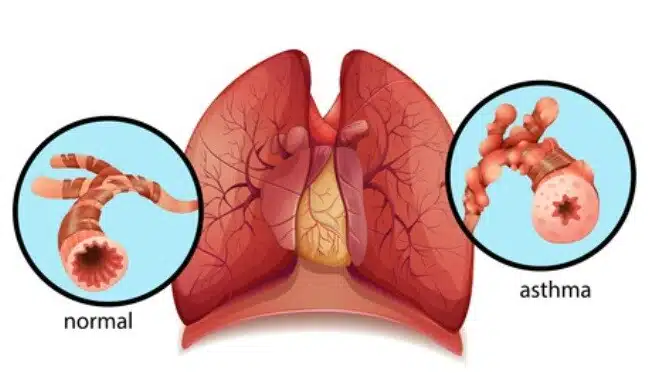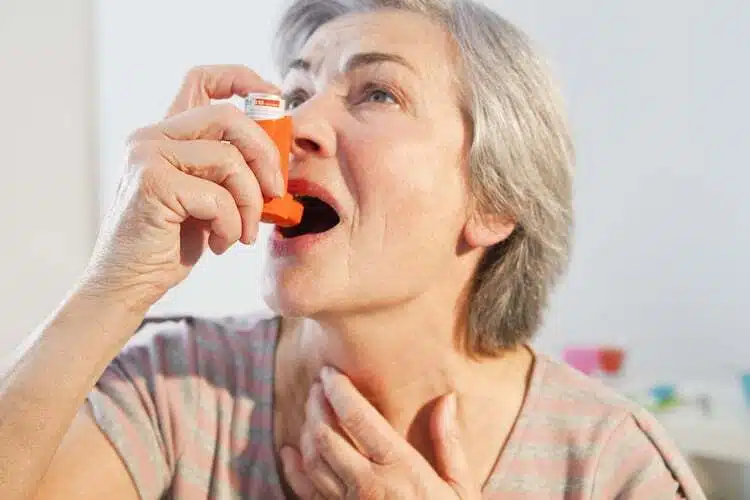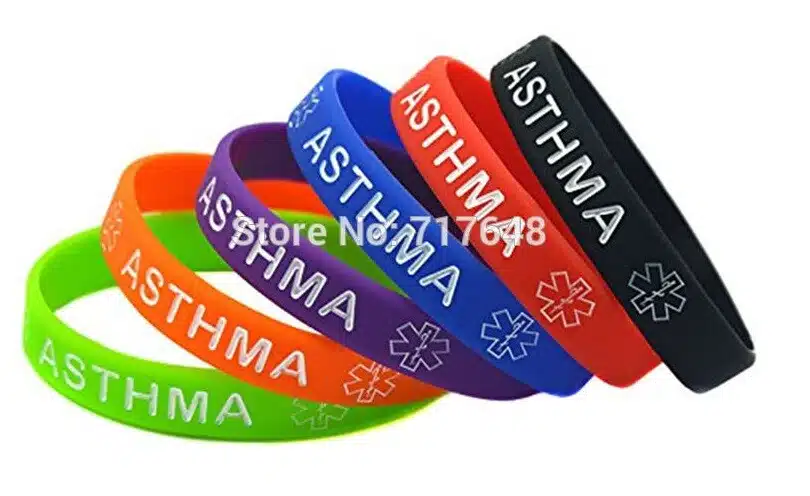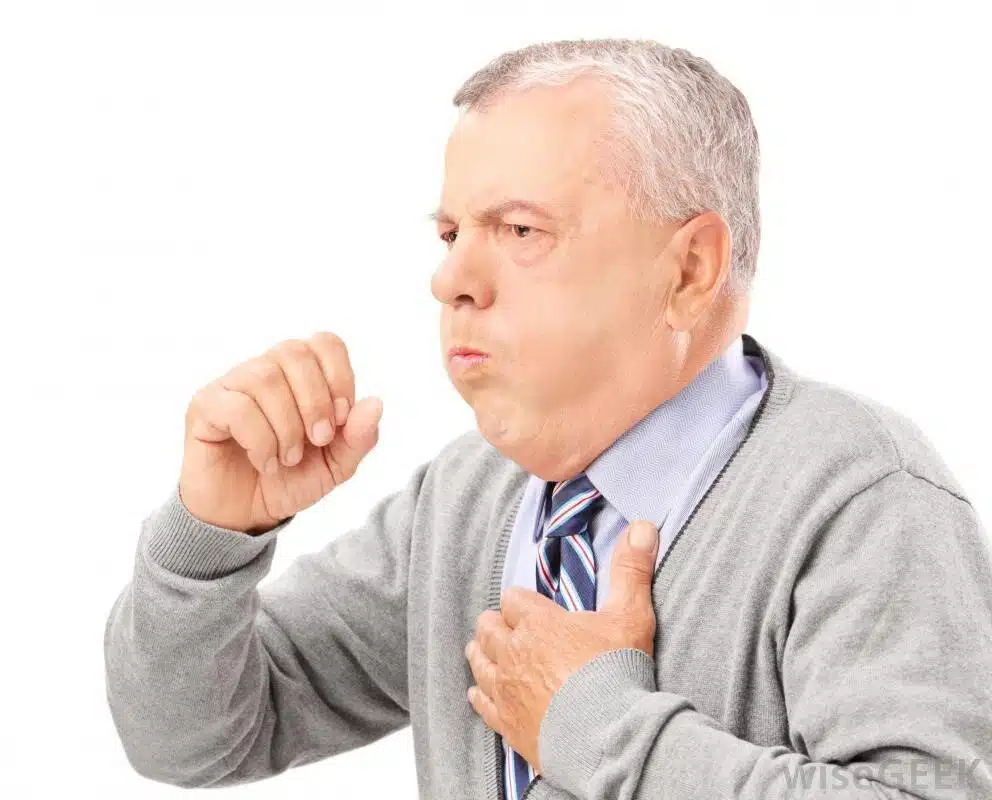Handling Asthma
Lung function peaks at age 20–25 years, then progressively falls throughout life. Aging associated with increased work of breathing, weakening of respiratory muscles, and inflammation of the airways. Not that you can evade age, we are all bound to grow old at some point in our lives, retire and relax peacefully. But this doesn’t mean asthma should be some of our biggest worries. If handled professionally, then asthma attacks shouldn’t be a nightmare for many.
Understanding Asthma

Triggers are often different for everyone, and it’s not just one trigger that brings about an asthma attack. Common triggers include pollen, house dust mites, animal dander, molds, pollen, cold air, flu viruses but to name a few.
An asthma attack is a sudden worsening of asthma symptoms caused by the tightening of muscles around your airways. During the asthma attack, the lining of the airways also becomes swollen or inflamed.
Asthma attacks are quite tricky to handle because they may snake their way through before you even notice the signs. Normally, difficulty in breathing and clogging of the chest cavity are the usual signs prompting one to grab an inhaler. They can become quite fatal especially when you had not anticipated it. Worst case scenario when you are all alone and no one to come to your aid. That would be quite dangerous.
Asthma and seniors

However, asthma in an older person may occur unnoticed because symptoms of other health conditions are similar to asthma symptoms and may mask the specific symptoms. Or even worst case, they may pass it for normal aging and fail to report it to their local physician. The most common signs are coughing and production of sputum which one’s physician may pass it for illnesses like bronchitis, heart failure, etc. These may pose a challenge especially for the past and active smokers who may end up getting treated for the wrong illness.
A Recent study by CDC in the U.S alone places about 17.7 million adults have diagnosed with asthma translating to 7.4% of the adults in the U.S. A further 6.3 million people are kids with asthma.
This means that as the population increases in age, the diseases of older age will have increasing prevalence and place a greater burden on the health system. Currently, asthma mortality is highest in the over 55 age group. CDC statistics in 2013 reported 3630 deaths, translating to 1.1 deaths in every 100,000 people.
Managing asthma with a medical alert system

The medical alert systems comes quite in handy in the event of an attack. The advantage being, the pendant worn around the neck or on the wrist informs the rescuers, medical staff and other medical professionals of the health status of the victim. This gives them an upper hand in treating the asthma attack, bearing in mind the victim is unresponsive, hence cannot relay any important message to the first aiders.
The monitoring station have detailed medical records of their clients, to help them in making advanced decisions where needed to ensure your safety. One’s health is their number 1 priority.
Ensure your loved one especially the seniors is wearing a medical alert bracelet or wristband at all times, especially when leaving the house or going for a trip somewhere far from the usual surrounding. It could come a long way in saving their lives when an asthma attack comes knocking.

Say Hi to SelfWeightLoss’s Guest Authors! Many talented authors have submitted their article and contributed to get it bigger. Browse through this page. You may find the right author for you. If you think you would like to contribute to the blog, Please visit this page: https://selfweightloss.com/write-for-us and follow its guidance. Thank you!










